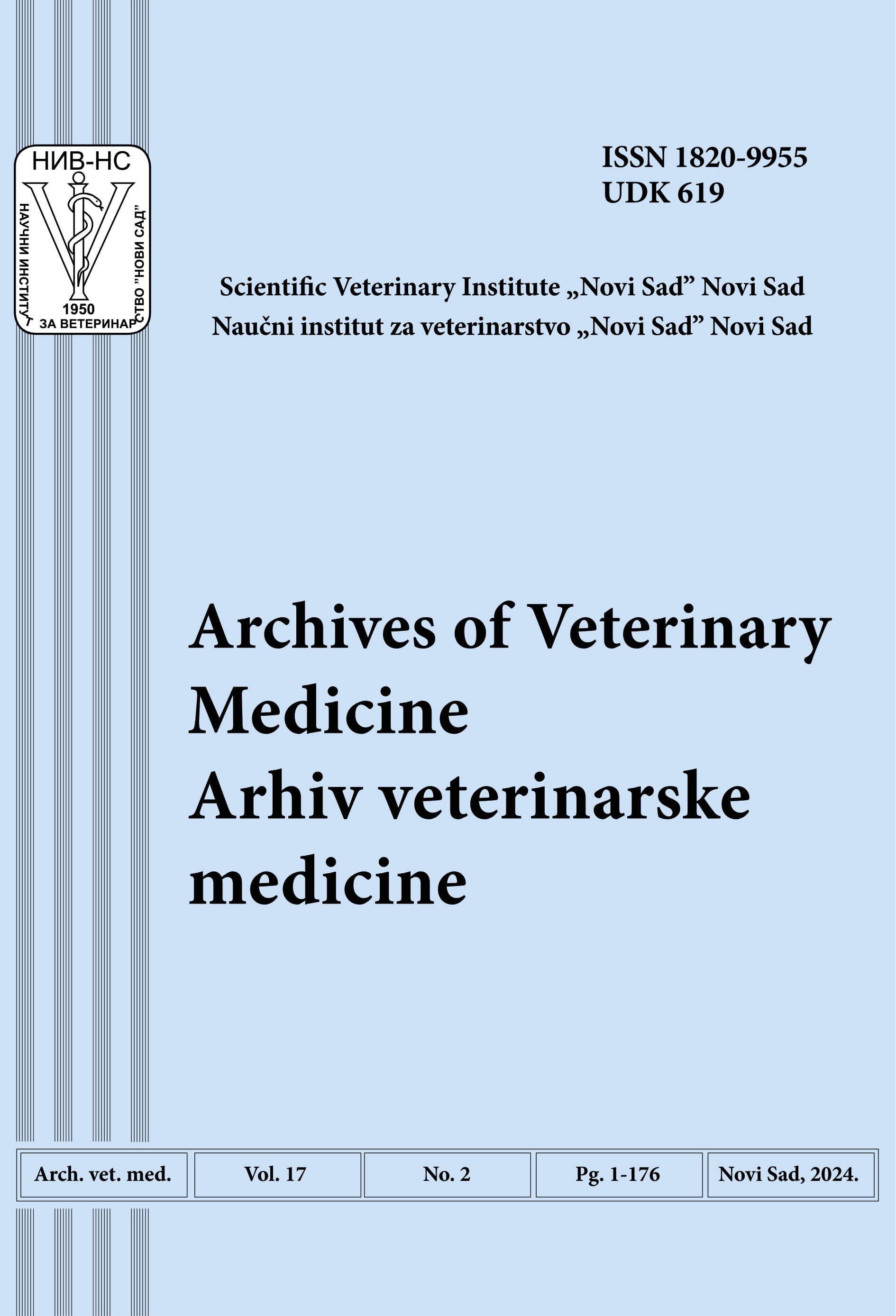Abstract
Calf diarrhea is still a problematic disease in the dairy industry worldwide. Several enterpathogens are associated with diarrhea in calves including Escherichia coli. This latter is one of the most common causes of diarrhea and septicemia in calves. The primary goal of antimicrobial therapy in calves with diarrhea is to prevent bacteremia and decrease the number of coliform bacteria in the small intestine. The excessive use of antibiotics reduced their effectiveness, which eventually led to the risk of emergence of antibiotic resistance. This study aimed to determine the carriage rate, antimicrobial resistance patterns and serotypes of E. coli isolates involved in calf diarrhea in farms from Tizi-Ouzou. A total of 154 fecal samples were collected from diarrheic calves belonging to 22 farms between 2019 and 2021. All the samples were inoculated into MacConkey agar plates (MC) and MacConkey agar supplemented with 2 µg/L of cefotaxime (MC+CTX) for cefotaxime-resistant (CTXR) E. coli. Escherichia coli isolates were identified using API20E commercial kits. Antimicrobial susceptibility was determined by a disk diffusion test. The serogrouping of the isolates was realized with a rapid slide agglutination test. Overall, 128 isolates of E. coli (one isolate per sample) were obtained in MC, including three strains in MC+CTX. Furthermore, 47.6 % of E. coli strains recovered from MC agar were resistant to at least one antimicrobial. The three E. coli isolates recovered from MC+CTX media showed an ESBL-producing profile. The serological identification revealed that 67 (52.3%) of the isolated strains were typable with O antisera. The most common serogroup was O55 (13.3%), followed by O128 (10.1%) and O111 (7.8%), O119 (7%), O126 (6.2%), O26 (5.5%), and O114 (2.3%). Antibiotic susceptibility testing revealed that 37.5% (48/128) and 22.7% (29/128) of the isolates were resistant to tetracycline and streptomycin respectively. Furthermore, multidrug resistance was observed in 17.96% (23/128) of the E. coli isolates. Our study provides valuable information about E. coli-associated calf diarrhea in farms of Tizi-Ouzou. Regular antibiotic resistance monitoring is required to limit the spread of multidrug-resistant E. coli in the barn environment.

This work is licensed under a Creative Commons Attribution 4.0 International License.
Copyright (c) 2024 Archives of Veterinary Medicine
